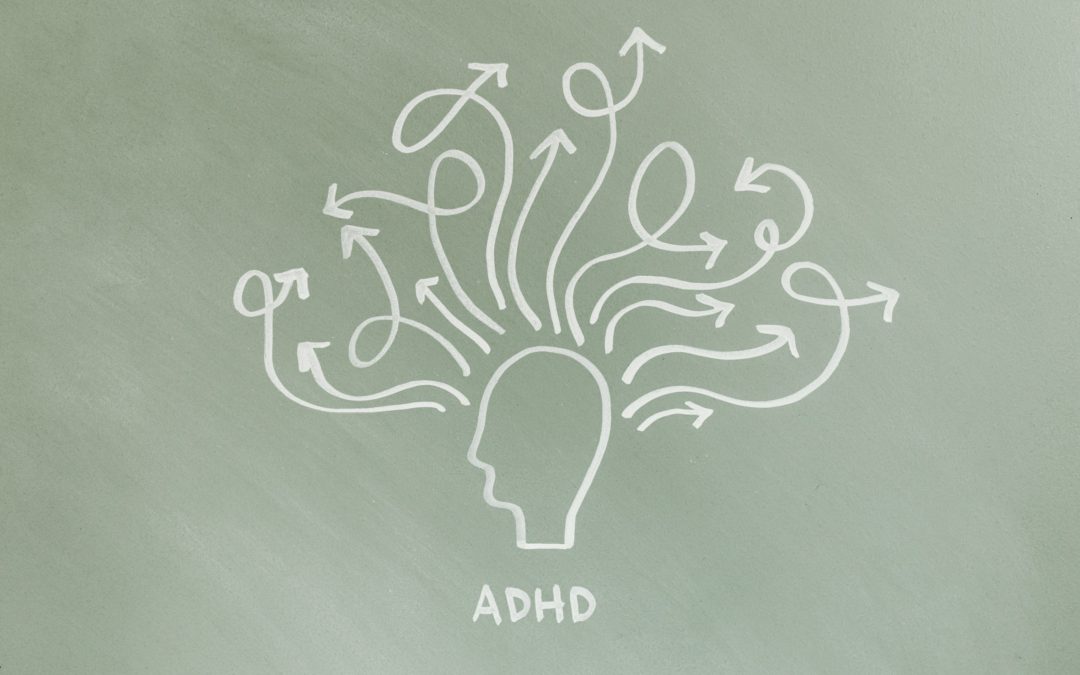Attention-Deficit/Hyperactivity Disorder (ADHD) is a neurodevelopmental disorder that has garnered increasing attention over the past few decades. However, the journey of understanding and managing ADHD has been a dynamic and complex one, marked by shifts in diagnostic criteria and treatment approaches. Together, we’ll take a retrospective look at the historical evolution of ADHD diagnosis and treatment, while also shedding light on the changing perspectives that have shaped our understanding of this disorder.
Early Observations and Conceptualization
In the early 20th century, ADHD was not yet a recognized disorder. Individuals with symptoms resembling modern-day ADHD were often labeled as having “minimal brain dysfunction” or “hyperkinetic impulse disorder.” It wasn’t until the 1960s that researchers began to identify a cluster of symptoms characterized by inattention, impulsivity, and hyperactivity. Still, the understanding of these symptoms remained fragmented, and a consistent framework for diagnosis was lacking.
It wasn’t until the 1960s that researchers began to identify a cluster of symptoms characterized by inattention, impulsivity, and hyperactivity.
Emergence of Diagnostic Criteria
The Diagnostic and Statistical Manual of Mental Disorders (DSM) played a pivotal role in shaping the diagnosis of ADHD. The DSM-III, released in 1980, introduced the term “Attention Deficit Disorder” (ADD) for the first time. It distinguished between ADD with hyperactivity and ADD without hyperactivity. This distinction reflected the recognition of different symptom presentations within the disorder.
The DSM-IV, released in 1994, further refined the diagnostic criteria and introduced the term “ADHD.” It categorized the disorder into three subtypes: predominantly inattentive, predominantly hyperactive-impulsive, and combined presentation. This marked the beginning of a dimensional approach to diagnosis, acknowledging the spectrum of symptom severity.
Shifting Paradigms in Treatment Approaches
The treatment landscape for ADHD has seen significant transformations over time. In the 1950s and 1960s, stimulant medications like amphetamines were introduced as treatment options. However, the potential for abuse and addiction raised concerns, leading to restrictions on their use. This era highlighted the need for safer and more effective interventions.
By the 1980s, methylphenidate (Ritalin) gained prominence as a pharmacological treatment. The advent of non-stimulant medications like atomoxetine offered alternatives for individuals who didn’t respond well to stimulants. Behavioral interventions, such as cognitive-behavioral therapy and parent training, also became integral components of treatment plans.
Controversies and Challenges
ADHD’s rise to prominence wasn’t without controversy. Critics raised concerns about overdiagnosis and the potential for medication misuse. Debates emerged regarding the validity of ADHD as a distinct disorder and whether societal factors played a role in its prevalence. These discussions underscored the need for a balanced perspective that considered both the biological basis and environmental influences on ADHD.
Contemporary Insights and Holistic Approaches
In recent years, research has deepened our understanding of ADHD’s neurobiological underpinnings. Advanced brain imaging techniques have revealed structural and functional differences in the brains of individuals with ADHD. These insights have spurred interest in personalized treatments and targeted interventions, moving away from a one-size-fits-all approach.
Furthermore, a more holistic view of ADHD management has gained traction. Recognizing the interconnectedness of physical health, mental well-being, and lifestyle factors, clinicians now emphasize the importance of diet, exercise, sleep, and stress reduction in managing ADHD symptoms. This integrated approach acknowledges the multifaceted nature of the disorder.
Understanding and Management
The evolution of ADHD diagnosis and treatment highlights the complexity of understanding a disorder that encompasses a wide spectrum of symptoms and presentations. From early observations to the establishment of diagnostic criteria and the development of diverse treatment approaches, ADHD has come a long way. As science continues to advance, and our awareness of the interplay between biology and environment grows, the future promises more targeted, comprehensive, and personalized strategies for managing ADHD and improving the lives of those affected by it.
